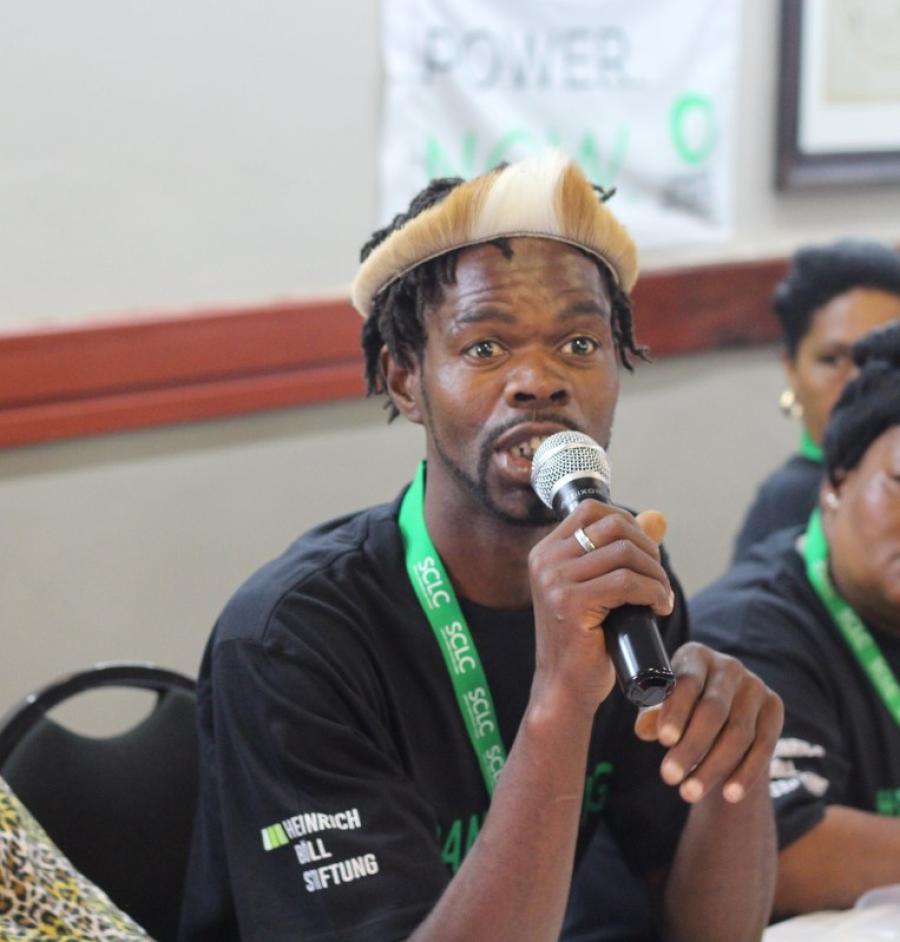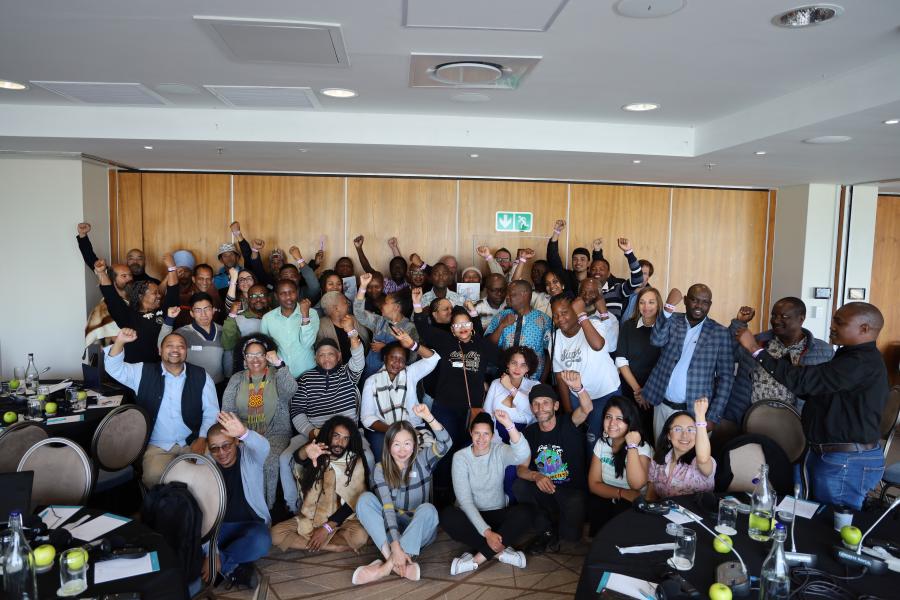This spring marked the official opening of !Khwa ttu, an innovative San education and culture center on the West Coast of South Africa. For years the San (or Bushman peoples) have been the victims of a rapidly growing tourism industry in South Africa, but they have shared very little of the economic benefits and have had no control over how their artwork and culture is used. Worse, because of poverty, marginalization, and official indifference, the San are at risk of losing their cultural heritage. !Khwa ttu (which means “water pan” in the extinct /Xam language) was established by the San themselves through their advocacy organization WIMSA to address those problems. The center is set up with two parallel functions: First, it is an educational facility to help San acquire general life skills and learn more about their own history, culture, and language. Second, it functions as a tourist facility run by the San, who for the past six years have been taking courses at !Khwa ttu on entrepreneurship, tourism, health, community development, and craft production and marketing—all in preparation for the center’s public opening. In short, the aim is to have the San take control of their own destiny and welfare.
Irene Staehelin, a Swiss anthropologist and former Cultural Survival board member, was instrumental in creating the center, setting up the Swiss UBUNTU Foundation to support its initial development. Staehelin purchased the former wheat farm that became !Khwa ttu, and has been deeply involved in the center’s training programs. “The young people are keen on education; they were eager to be trained as trackers, because their parents had already lost access to land and with it their hunting skills,” she says. “We’ve had art workshops, particularly with textiles, and people have come from Namibia and Botswana to participate. We want to expand the crafts for the San beyond bead-work and carving, to help them learn new forms that would appeal to modern markets.”
The center, which is located on a hillside overlooking the Atlantic Ocean about 30 miles north of Cape Town, has more than 1,600 acres of land and 15 buildings, all of which were renovated or newly built to serve the center’s needs. The barn has been converted into a restaurant, an old cottage serves as trainers’ accommodations, and the cowshed is now a photo gallery and audiovisual room. The San received South African government funds to start clearing the invasive non-native plants from the grounds. A game fence was built around the perimeter so that some 300 antelope could be reintroduced. The Swiss government sponsored the building of hiking trails and the courses on local fauna and flora. A campsite and small accommodations are open to visitors.
The center is run jointly by the San and UBUNTU Foundation. The goal is to have the center become self-supporting over the next few years, earning its income from tourism and crafts sales. While that poses a challenge for the San, who have little experience with commerce, the center seems to be off to a strong start. At the opening, the Provincial Minister of Finance and Tourism, Lynne Brown, said that “!Khwa ttu will be the benchmark for cultural heritage sites in the Western Cape.”
The San themselves are gradually growing into their new roles. “When they first come to !Khwa ttu,” Staehelin says, “they seem very shy because they’ve had so many harsh experiences and no life plan of their own. Then you see them a few years later looking happy and healthy, and some of them soar as they learn about their own heritage. Over time I hope we could initiate small satellite education projects in remote areas. For the moment, though, we’re focused on paying the bills.”
The most striking thing about !Khwa ttu is that it is the San themselves who are doing this, taking the initiative and creating their own future on their terms. And one of those terms is that !Khwa ttu will be a research-free zone. “That means,” Staehelin says, “the San will not be there to answer all sorts of questions for students and filmmakers.
“They welcome scholars who give them talks on subjects that are of interest to them (the San), and who bring materials that will help them understand all the issues of heritage restitution and management. This is a place where the San want to do their research into their past.”



